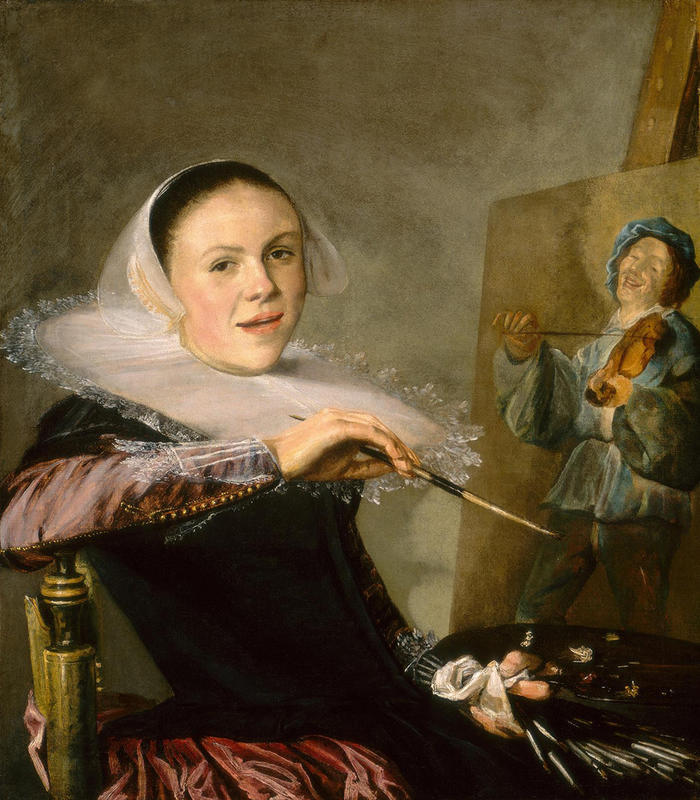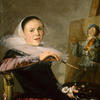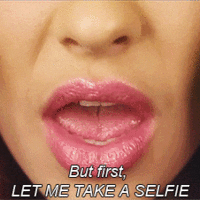More about Self-Portrait

Sr. Contributor
Judith Leyster's whole, "Oh hi, I didn't see you come in," act is a front.
Don't be fooled. The come hither gaze is meant to get your business. There's eighteen paintbrushes in one hand, because she's just that good, and nothing but confidence and skill in the other. She's even dressed to impress. That get-up isn't practical painting gear. The palette isn't even visible below that giant-squid-eyeball sized collar. The ensemble's supposed to make the viewer think, 'Wow, that's a classy lady. I bet she paints real purdy like.' And yeah, she does.
The grinning violinist on the canvas within the canvas was originally a self-portrait of Leyster within the self-portrait. The nception angle was abandoned pretty early in the process, which can be seen if you shoot x-rays at the painting. The violinist Leyster portrayed was no random choice, either. He's one of the characters from Merry Company, a genre scene of happy-go-lucky musicians that happened to be one of Leyster's most popular prints. She was selling copies of Merry Company constantly, and showing off that guy here allowed her to advertise one of her best-sellers and shove her success in everyone's face in one fell swoop.
Even though Leyster's well-recognized today as an immense talent, both artistically and as a businessperson, it's only since about 1900 that her works are even attributed correctly. For 250 years after her death, most of her paintings were attributed to Haarlem big shot Frans Hals. Even this self-portrait was credited to Hals as recently as the early 1900s. Art auctions from the time advertise the work as a piece by Hals of his daughter at an easel. Because despite being an amazing artist, the world still sees her as good...for a girl.
Featured Content
Here is what Wikipedia says about Self-portrait by Judith Leyster
Self-portrait by Judith Leyster is a Dutch Golden Age painting in oils now in the collection of the National Gallery of Art in Washington DC. It was offered in 1633 as a masterpiece to the Haarlem Guild of St. Luke. It was attributed for centuries to Frans Hals and was only properly attributed to Judith Leyster upon acquisition by the museum in 1949. The style is indeed comparable to that of Hals, Haarlem's most famous portraitist.
In 2016 a second self-portrait was found, dating from around 1653.
Though Leyster looks very relaxed, the composition is to some extent an artificial confection. She is dressed in what must have been her best clothes, which in reality she is unlikely to have risked near wet oil paint. The figure she is painting is borrowed from a different work and was perhaps never actually painted as a single figure.
Critics have found a sense of "Baroque closeness" in this painting. The artist and the viewer are very close in space. Many of the elements in the painting are foreshortened in order to feel closer and like they are coming into the viewer's space.

Check out the full Wikipedia article about Self-portrait by Judith Leyster













